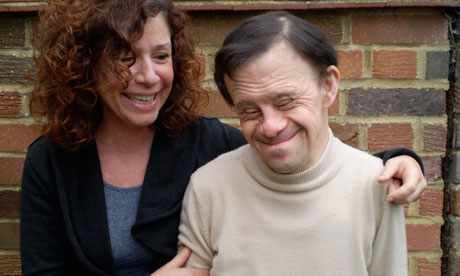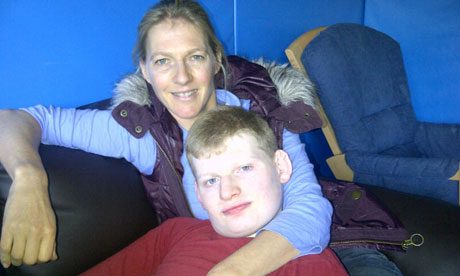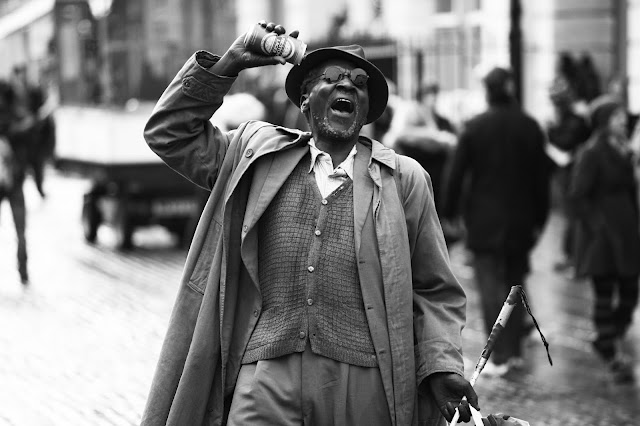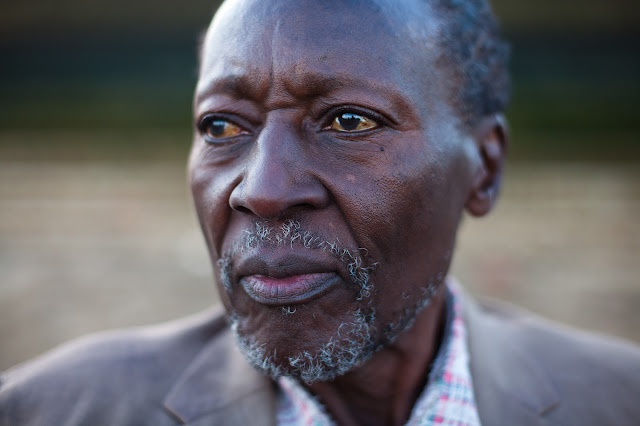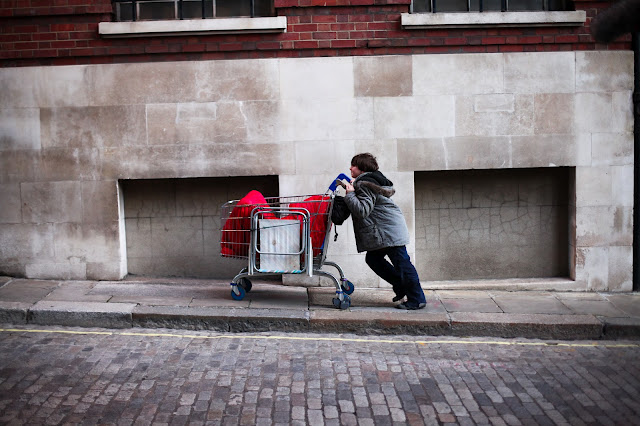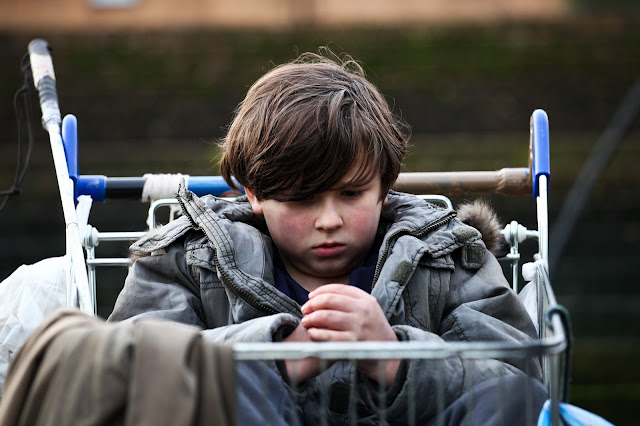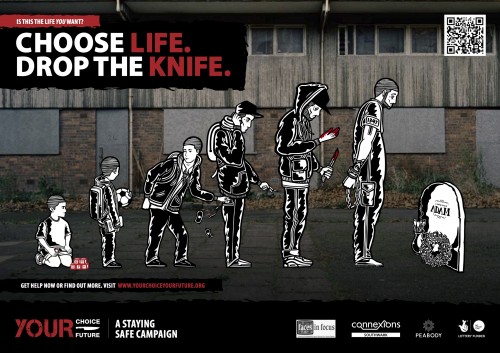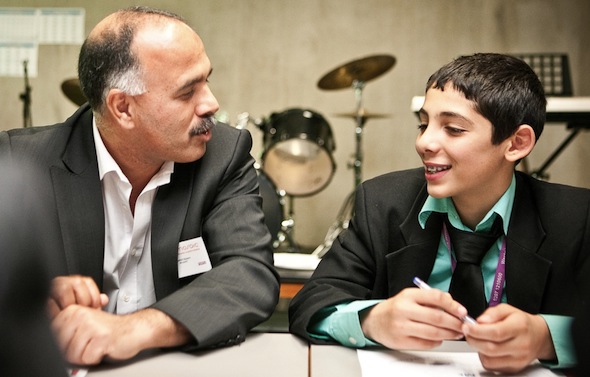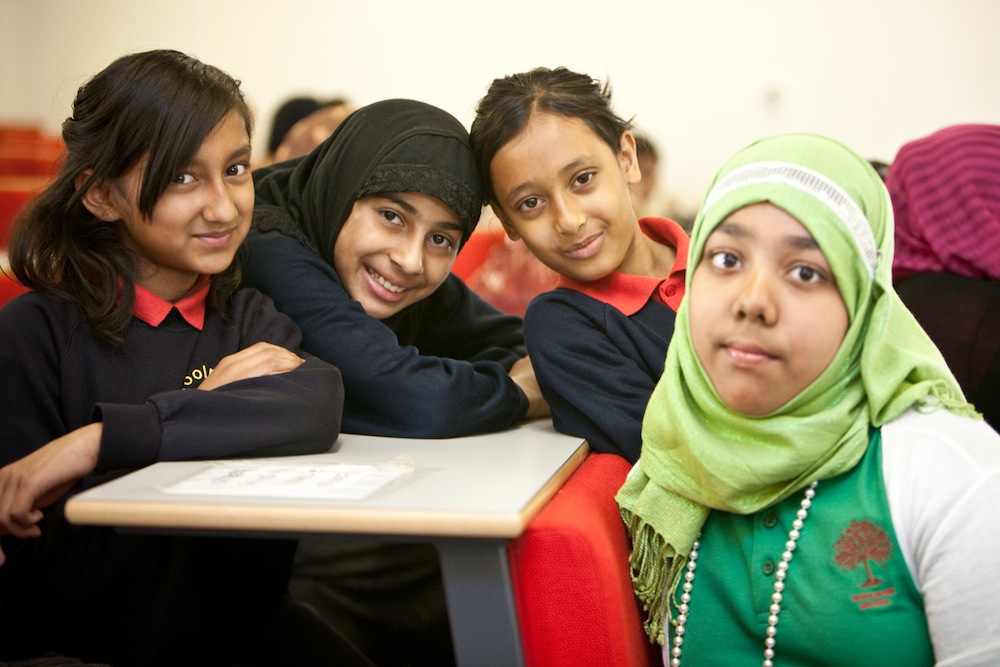As the 17-year-old unpaid carer of a mother with mental health issues, Holly is often asked – by her peers as well as by professionals – about the particular challenges of having a caring responsibility: “When I have tried to explain my situation, the questions have been, ‘Are you homeless? Are you on drugs? Are you being abused? Well things aren’t too bad then’.”
The reaction she often gets shows the low profile and lack of awareness about the particular challenges facing young adult carers. There are thought to be around 230,000 self-declared young adult carers between the ages of 16-25 in the UK but the figure could be much higher because stigma means many do not talk about their caring responsibilities.
Holly’s story is among the testimonies in a new report published today, Voices of young adult carers, stories of young adult carers’ experiences of caring and learning, to mark the start of Carers Week. The week-long drive raises awareness of the contribution the UK’s six million unpaid carers – as reported today, 40% of carers are put off seeking medical treatment because of the pressure of their caring responsibility.
The report that Holly contributed to comes from NIACE (the National Institute of Adult Continuing Education) and highlights the impact of caring on learning. Today’s publication focuses on young adult carers, young people aged 16–25.
Holly was 10 when she realised “my family did not function or behave the same as my friends’ families did”. Her mother rarely left the house, her brother often got into trouble with the police and her parents’ marriage eventually broke up. Referred to her local young carers service by a social worker, she lived part-time between her parents, moving eight times in almost as many years.
As the NIACE report shows, caring leaves young people with little space for school or college, let alone a social life or thinking about their adults futures. As well as having their education disrupted, it is hard for young adult carers to fit apprenticeships or work around caring.
As Holly explains in the report: “The house moves and disruption caused me to change college education halfway through and move to another college. Whilst at a continuous secondary school I was able to find support and the staff were genuine and made good links to my parents, always making sure I had opportunities. Staff even went out of their way to give me a lift home after any outside school activities, especially in the dark winter months. I achieved to my ability and started college where I built up good relationships with tutors. However, on my move to the college 70 miles away I had to restart the course, and although I tried to tell staff about my issues, I was left isolated and have fallen behind in my studies.”
Historically, provision has mainly focused on carers under-18, or adult carers and while NIACE says this is changing, there is still an awareness gap when it comes to knowledge about young adult carers. The situation is not helped because young people like Holly can find it hard to ask for help which, as today’s report suggests, adds to their difficulties with problems such as isolation, frustration, low aspirations and anxiety and behavioural problems. As well as the impact on the individual, there is an obvious knock-on effect on communities and the economy.
Recently, Holly’s mother has suddenly moved again, back to the area the family originally lived in and the teenager has, once more, started the process of changing college.
* More information on NIACE’s work on young adult carers, including resources to support learning providers in their work with young adult carers, is here.

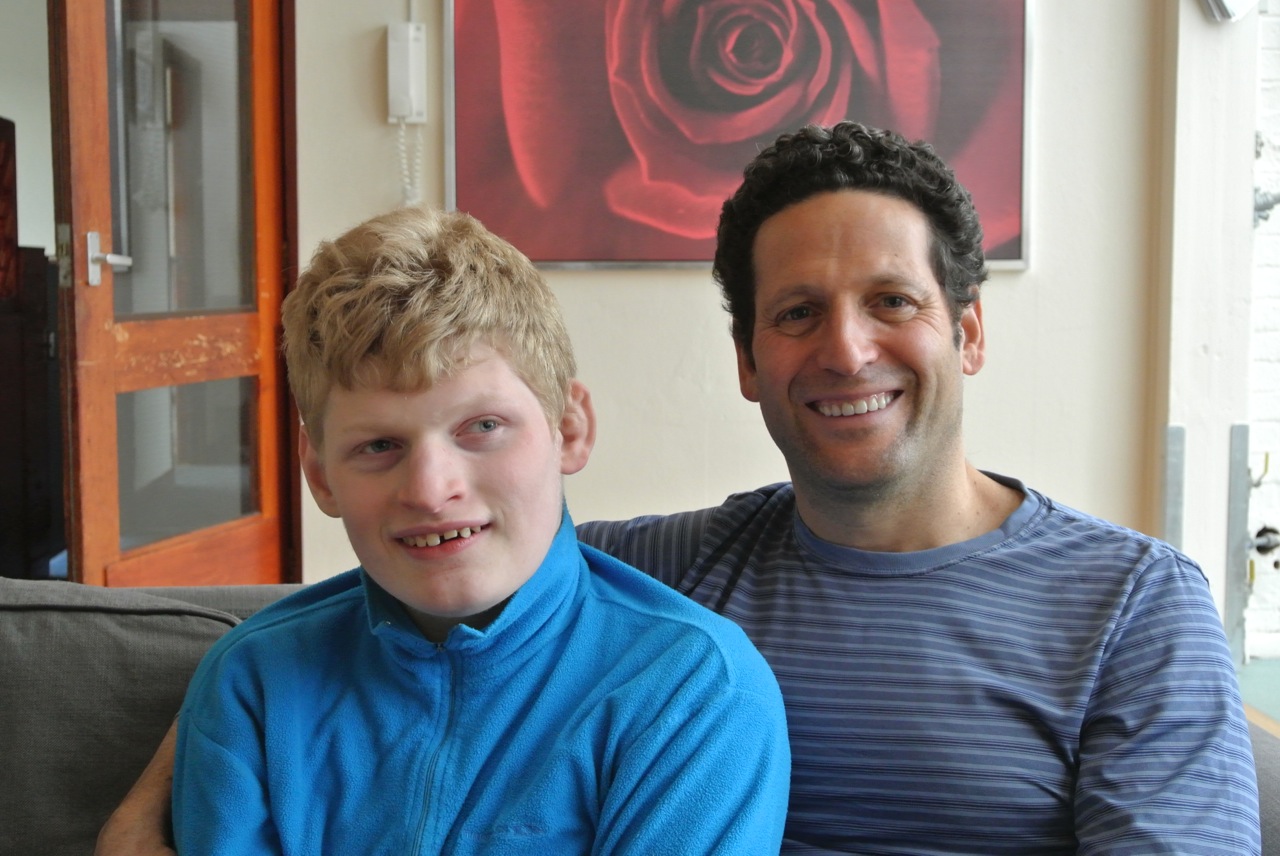
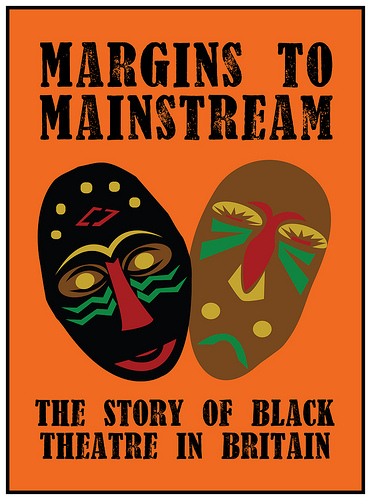 The term black theatre might conjure up images of a niche and very 20th century concept, but from
The term black theatre might conjure up images of a niche and very 20th century concept, but from 